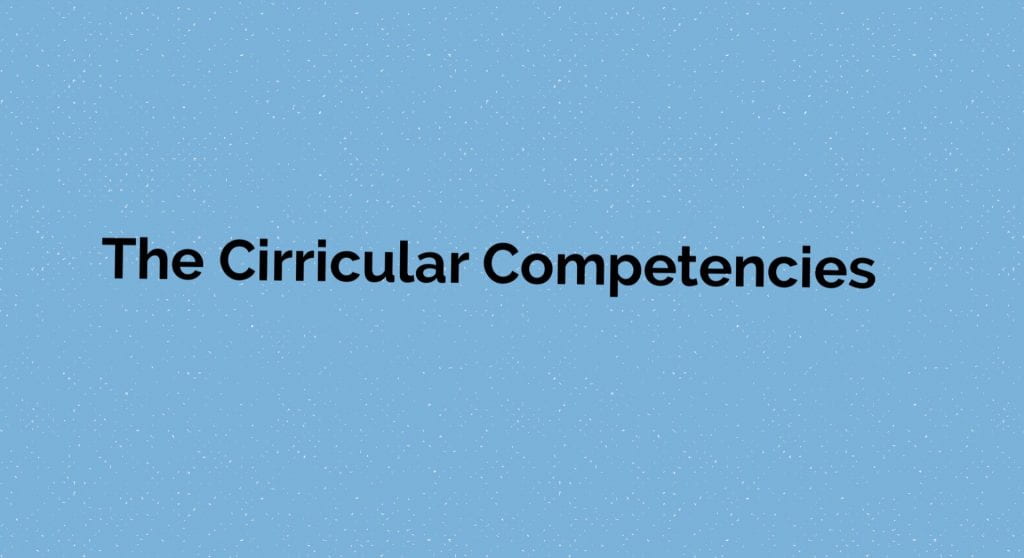Our 2nd project of the year in Scimatics 8 was all about learning about plate tectonics, then using that knowledge to create a card/board game based around plate tectonics.
My partner in this project was Judah, here’s a link to his blog: https://www.blog44.ca/
The driving question in this project was; “How are thematic and mathematical elements used in game design?”. My answer to that question is that they’re used by making the game about probability and by making it so that the game is about luck and not skill.
The milestones that I learnt the most from and the ones that helped me answer the driving question the most were, Milestones 4 and 5.
Milestone 4 was were we had to write and explain our final game rules.
This milestone really helped because it gave me a chance to visualize what my game was going to look like. Also, by reading it over and over to see if we had properly followed all of the Cirucular Competencies.
Milestone 5 was were we handed in an image of our final product of our game.
This milestone helped by telling us what we could’ve done better to make the game more fair and exciting. For example, I think we could’ve made different space aspects of the game better and we could’ve made it so that some of the spaces where a player had to pay points more equal as well.
Milestone 5 was were we handed in an image of our final product of our game.
This milestone helped by telling us what we could’ve done better to make the game more fair and exciting. For example, I think we could’ve made different space aspects of the game better and we could’ve made it so that some of the spaces where a player had to pay points more equal as well.
At the start of the project we made a bullet-point list of what we knew about plate tectonics on an app called “Mind Node”. We also made a list of some preliminary game ideas. Here’s a link to the document: Mind Map
At first, I had little knowledge about the topic, I only had a general sense of what they were.
But, throughout the project I learned more general knowledge and also explored some pretty complicated knowledge.
As for the preliminary game ideas, those were just things that we just thought would work well.
Of course most of our ideas weren’t actually used, but most of them turned into bigger ideas. Also, some things we scrapped when we actually wrote up the game rules.
This project included 3 main Cirricular Competencies.
Evaluating: Demonstrate an understanding and appreation of evidence.
To get accomplished on this competency, you had to describe 10 key science concepts.
We exercised this competency by writing our vocabulary choices as well as our game rules.
I started in this competency by learning some key science concepts about plate tectonics. We did this by reading a science textbook about plate tectonics. We also did workbooks on different sections of the textbook. By reading the textbook and doing the different workbooks I got a better sense of what plate tectonics are and what they do. Later in the project, we tested our knowledge by doing a test on plate tectonics. The test included lots of vocabulary that I wasn’t familiar with, and I struggled at first. But after doing the test few times, I got 80%+ on each test. After doing the test, I knew I had to revise a few concepts on the topic.
Questioning and Predicting: Demonstrate a sustained intellectual curiosity about a scientific topic or problem of personal interest
To get accomplished on this competency, you had to use all class time efficiently.
We excercised this by trying to stay on task.
I think that we did a pretty good job staying on task through the whole project. I think when we knew we needed to get something done we did it. However, there was some instances where we weren’t working efficiently.
Understanding and solving: Develop, demonstrate, and apply mathematical understanding through play, inquiry, and problem solving.
To get accomplished on this competency, you had to include probability in each turn to determine outcomes.
I started in this competency by doing a worksheet about solving probability combinations.
This worksheet taught us how to not only how to add individual equations, but also different combinations. It helped me because adding numbers together was a big part of the game creation. Also, our game was required to have at least 3 examples of probability.
The hardest part of this competency was identifying whether the equation was independent or mutually exclusive. An independent equation is when you determine the outcome of only one combination of events. A mutually exclusive equation is when you determine several combination of events.
In conclusion, I found making my own game as well as learning about plate tectonics to be a good experience. Like most projects, this project was difficult especially at the start. I think the most important part of this project was learning more about science, and also it was a chance to get more used to work in groups. In all, I loved making my own board game and I hope its something we do again in the near future.



